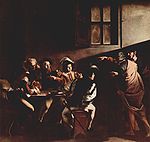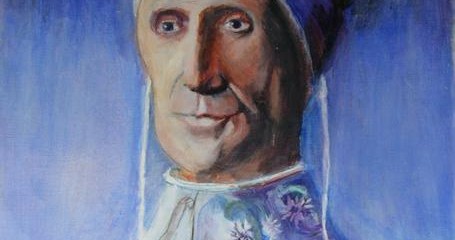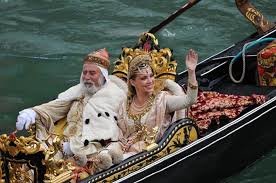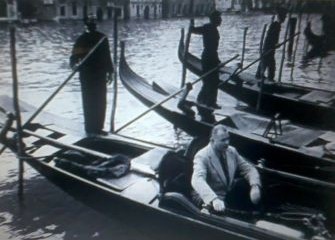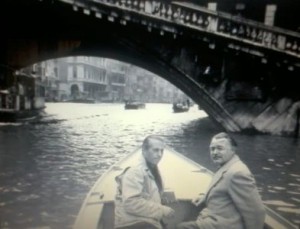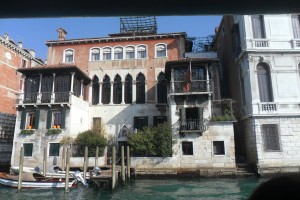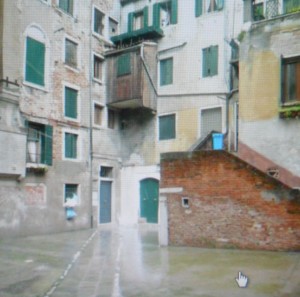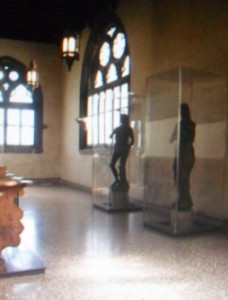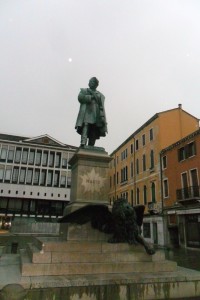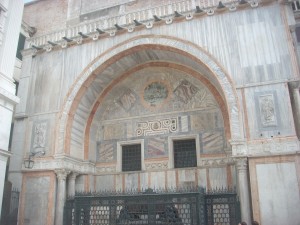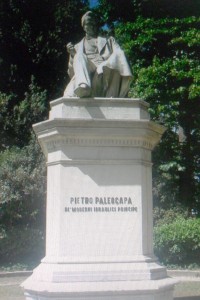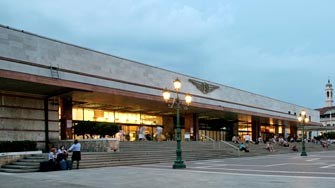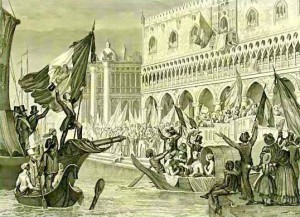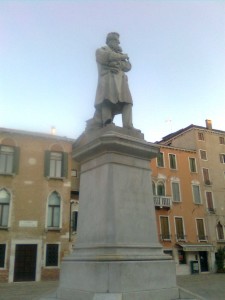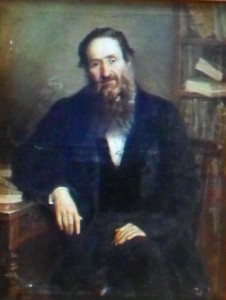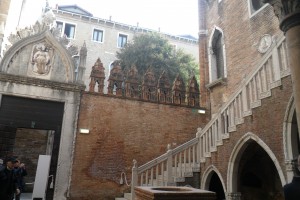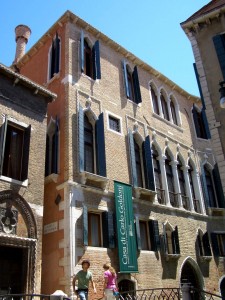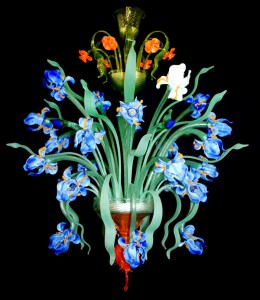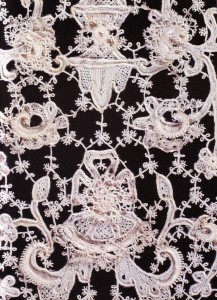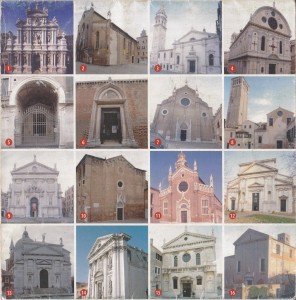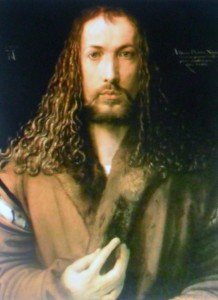Caravaggio e Venezia
Michelangelo Merisi detto Caravaggio, si forma presso la bottega del pittore Simone Peterzano nella città di Milano.
Qui Caravaggio recepisce i modi di due tradizioni diverse: da un lato il realismo lombardo, dall’altro il rinascimento veneto, con il quale viene in contatto quando Peterzano lo porta con se in alcuni viaggi a Venezia,dove ha modo di lasciarsi suggestionare dalle opere di straordinari artisti, e dove conosce l’arte del Tintoretto.
Influenza Veneziana
….Con il Martirio di San Matteo ha inizio la “poetica caravaggesca” del rapporto luce-ombra che poi si svilupperà nelle opere successive.
Nel dipinto rappresentante la Vocazione di San Matteo il racconto è immerso nella realtà del tempo, con personaggi con abiti moderni. La luce è l’elemento caratterizzante l’intera opera. E’ una luce soffusa che non entra dalla finestra ,fuori scena sulla sinistra ,ma da oltre il braccio del Cristo che emerge dall’ombra sulla destra.
Davanti a quest’opera considerata meravigliosa dai contemporanei lui dice sinceramente:
“Io vedo soltanto un’imitazione di Giorgione”
U’altra influenza veneziana, e Lorenzo Lotto.Ritroviamo anche nelle sue opere gli sguardi lotteschi meditabondi e psicologicamente intensi, come quelli del Ritratto di giovane (della Gemäldegalerie di Berlino) e quello di Ludovico Grazioli di collezione privata.
Giove, Nettuno e Plutone
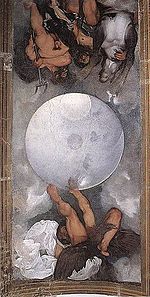
Caravaggio Jupiter Neptune PlutoE un dipinto eseguito dal Caravaggio intorno al 1597, e conservato nel casino di Villa Ludovisi, a Roma.
Il dipinto venne realizzato su commissione del suo protettore , Francesco Maria del Monte, sul soffitto della villa del cardinale presso porta Pinciana.
In questo camerino, il cardinale si dilettava nell’alchimia e, per tale ragione, Caravaggio vi dipinse un’allegoria della triade alchemica di Paracelso – Giove, personificazioni rispettivamente dello zolfo e dell’aria, Nettuno del mercurio e dell’acqua, e Plutone del cloruro e della terra.
È l’unica pittura murale eseguita dall’artista che aveva sempre dipinto ad olio su tela ed aveva poca pratica nella tecnica della pittura murale .
Sapendo che l’olio su muro e difficilissimo da fare perché tende di oscurarsi,staccarsi,perdere la pellicola pittorica ,Michele inizia a studiare le pitture dell’artista veneziano Sebastiano Luciani detto dal Piombo.
Il dipinto ha mostrato il suo volto evidenziando tre divinità mitologiche, Giove, Plutone, Nettuno intorno ad una sfera celeste costellata dei segni zodiacali, con l’aggiunta di due globi luminosi.
Dentro la sfera, ruota una fascia con i segni zodiacali. La raffigurazione caravaggesca è un’allegoria del processo alchemico. I tre dei rappresentano la trasmutazione della materia nei tre stati fondamentali (solido/ liquido/ gassoso), da cui si genera la pietra filosofale ” come geroglifico dell’universo e con essa la luce, rappresentata dal grande globo luminoso dove si uniscono il principio maschile, il Sole e quello femminile, la Luna.
Le sue opere saranno giudicate poco dignitose ,in alcuni casi oltraggiose .Il motivo principale e la scelta dei modelli .Utilizzava prostitute per dipingere le madonne,malati e barboni come modelli per i santi.Inventa un suo particolare repertorio dipingendo giovani presi dalla strada, messi in posa.
Famoso e ammirato nella vita fu quasi dimenticato nei secoli successivi alla sua morte,e solo al inizio del XX secolo la sua importanza nello sviluppo dell’arte pittorica fu universalmente riconosciuta.
